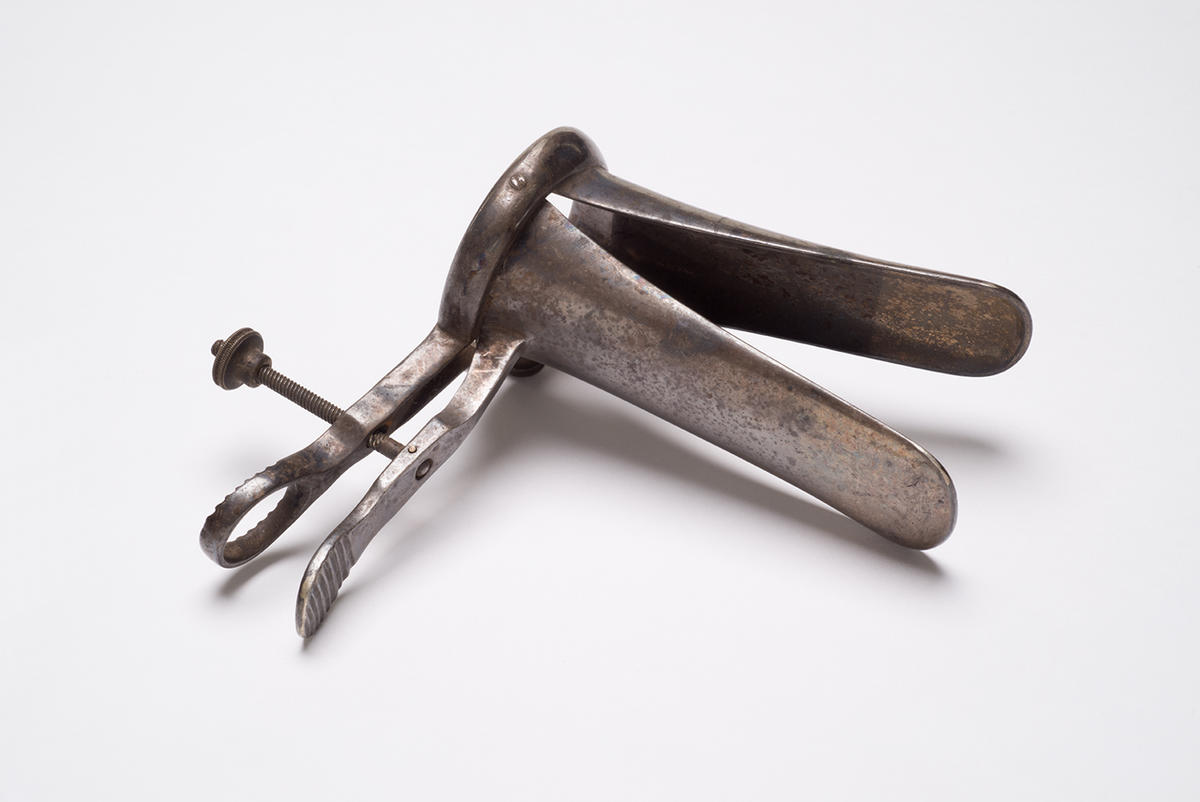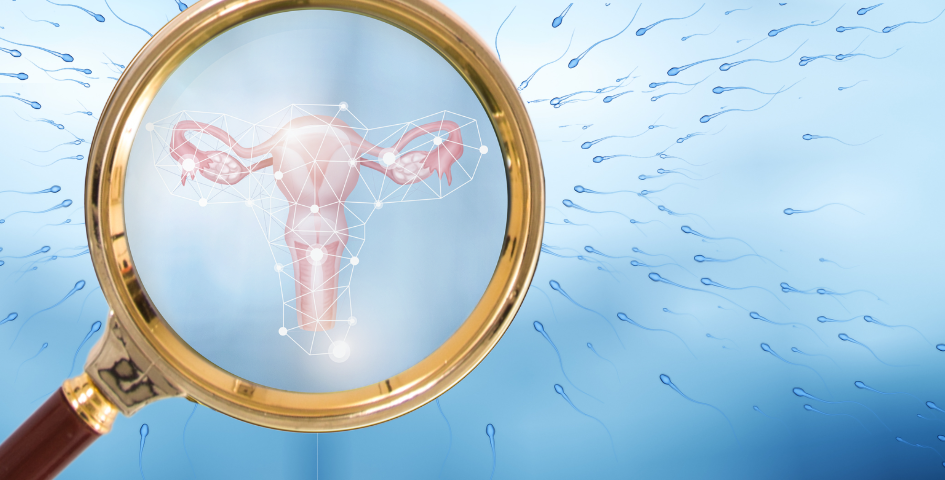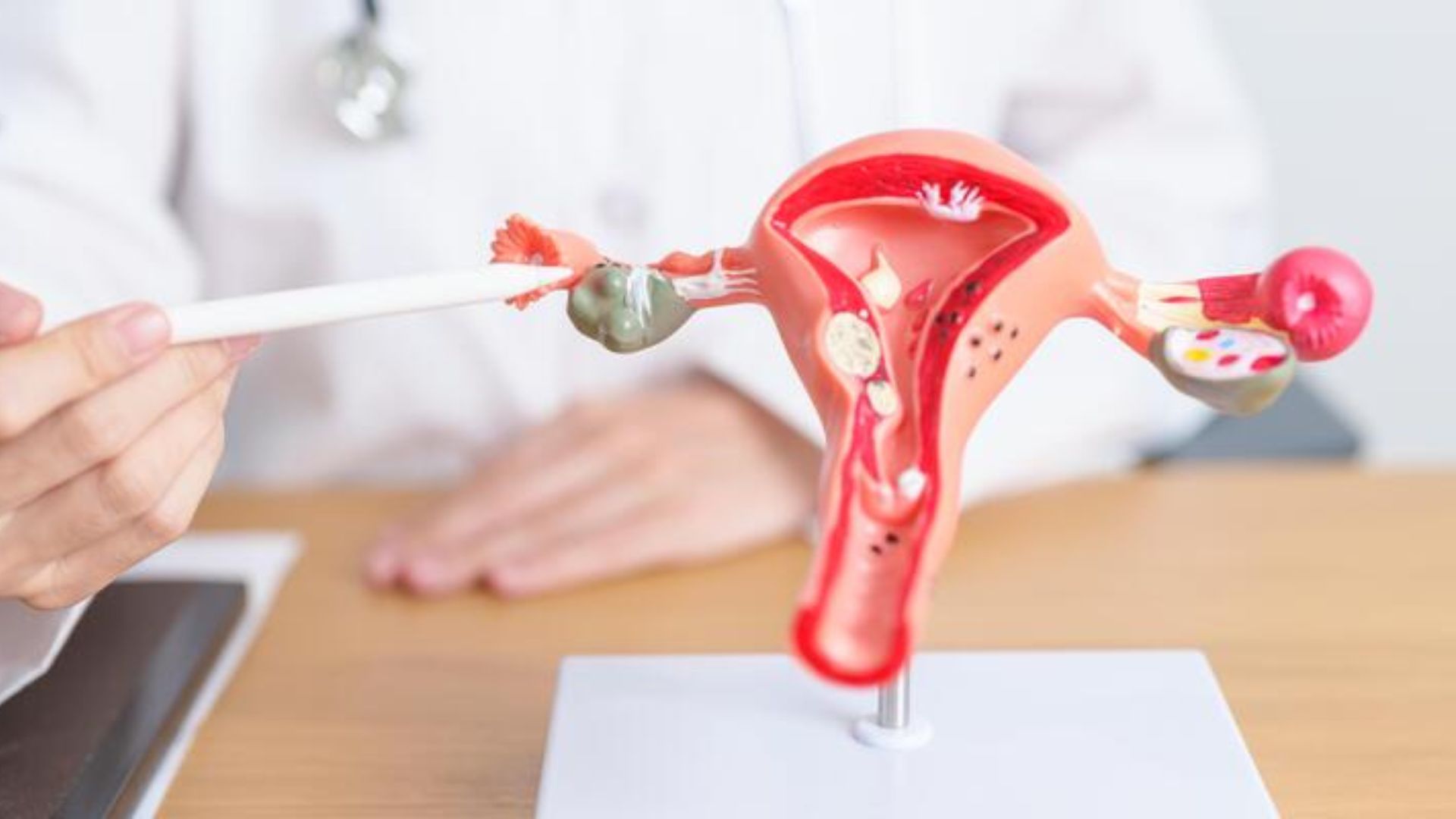Experts Recraft Age-Old Vaginal Speculum to Minimize Pain and Anxiety
The speculum vagina—a cold, metallic instrument long associated with pain and distress—is finally getting an overdue makeover. Used every day in routine gynecological exams across the globe, the speculum's ominous shape has too frequently been a source of fear and even trauma for millions of patients. Two engineers at Delft University of Technology in the Netherlands are now developing a way to change that.
A Personal and Historical Motivation
Tamara Hoveling, a PhD candidate in medical industrial design, has firsthand experience with the discomfort of gynecological exams. From personal experience and learning about the disturbing history of the speculum, she began to seek alternatives.
One of the most popular iterations of the device, the Cusco speculum, traces its origins 180 years ago to American doctor James Marion Sims, who notoriously tested medical equipment on slave women without their consent. "That gave me an extra impulse," said Hoveling.
She partnered with Ariadna Izcara Gual, then a master's degree student in industrial design engineering, to create a new, patient-friendly alternative. Their task: redesign the speculum with the patient's comfort as the top priority, meeting medical requirements.
From Steel to Softness: The Lilium Prototype
After extensive interviews and tests in design, the pair created the "Lilium"—named after the lily flower. Unlike the metal Cusco speculum, the Lilium is made of flexible plastic and has an applicator similar to a tampon. Taking cues from nature's forms, the design mimics the soft unfolding of a flower, thereby avoiding pain and tension upon application.
"When people are scared, their muscles contract, which makes the traditional speculum even more painful," Hoveling explained. "We needed to make the procedure better, not worse."
Despite its softer appearance, the Lilium isn't short on functionality. Its innovative three-sided shape prevents the vaginal walls from buckling during examinations, offering physicians the clear view they need.
Early Success and Wide Popularity
Though still a prototype, the Lilium has generated tremendous buzz. The designers initiated a crowdfunding effort in the Netherlands to partially finance the subsequent development phases, including ergonomic testing, material science, safety approvals, and human tests.
To their surprise, the campaign raised €100,000 (approximately \$117,000) within two days. The overwhelming response attested to an true public desire for change in gynecological tools to be created.
It's an indicator that individuals truly desire better choices," Hoveling said. "I get a lot of messages from women who entirely skip gynecological exams due to fear and historical trauma brought on by the speculum."
A Tool That Could Save Lives
Cervical cancer is the world's fourth most common female cancer, according to the World Health Organization. Early detection with regular screening tests like smear tests and HPV testing involving insertion of a speculum is necessary. The Lilium can make those life-saving tests less frightening and available.
If all goes according to plan, Hoveling and Gual anticipate having the Lilium to hospitals in five years, offering a less painful and more humane option for millions of women worldwide.









.jpg)




.jpg)







